I had the pleasure of conversing with David Srere, the Co-CEO and Chief Strategy Officer at Siegel+Gale.
Siegel+Gale is a renowned global brand experience firm with headquarters in New York and studios in Los Angeles, San Francisco, London, Dubai, Shanghai, and Tokyo.
With a legacy that dates back to 1969, they have established themselves as a global leader in strategic branding, renowned for their creation of emotionally engaging brands across diverse industries.
At Siegel+Gale, their expertise lies in brand strategy, digital design, and employee engagement.
Their focus on simplicity has allowed them to develop impactful brand identities for prominent companies such as CVS Health, HPE, and KPMG. Notably, their innovative approach to brand narratives is highlighted by their unique ‘Simplicity Index’ tool, which evaluates a brand’s influence on customer loyalty.
During our conversation, I found David to be an incredibly well-traveled, well-read, and cultured leader who exudes a deep passion for branding and embraces his agency’s philosophy of simplicity.
Together, we delved into intriguing topics, including
How simplicity extends beyond clarity to incorporate an element of surprise.
David emphasized the significance of message hierarchy and the “So What Narrative” in brand communication.
Furthermore, he shared some of his favorite examples of brands that have mastered their strategies.
If you’re eager to discover insights on building brands through simplicity from a seasoned brand consultant and the leader of one of the world’s largest global agencies, this article is not to be missed.
Simplicity In Branding

Stephen Houraghan
Can you provide insights into the role of simplicity in your branding approach at Siegel+Gale and explain the philosophy behind it?

David Srere
Siegel+Gale, a company founded over 50 years ago by Alan Siegel, initially focused on document simplification.
Alan’s frustration with unnecessary complexity in life led him to establish a company dedicated to simplifying documents. In its early years, Siegel+Gale played a significant role in the plain English writing movement and even introduced the 1040EZ form for taxpayers in the US.
At Siegel+Gale, their mission is to combat complexity, which they view as their primary enemy.
They believe that many organizations excel at their core competencies but struggle to communicate their value proposition clearly and align their actions with a compelling strategy.
Instead, these organizations often fall into the trap of inundating their audience with excessive information, overlooking the need for simplicity.
Simplicity, as defined by Siegel+Gale, goes beyond mere clarity.
It involves the intersection of clarity and surprise.
They emphasize the importance of crafting narratives that not only convey a clear message but also offer unexpected insights or perspectives.
By combining clarity and surprise, Siegel+Gale achieves simplicity in their branding approach.
For instance, during a strategy presentation to a financial services company, Siegel+Gale proposed a narrative that not only demonstrated a deep understanding of the company’s DNA but also presented fresh perspectives that had never been considered before.
This ability to provide clarity with a touch of surprise encapsulates Siegel+Gale’s concept of simplicity.
In conclusion, Siegel+Gale’s philosophy revolves around simplifying complexity in branding.
Their expertise lies in helping organizations communicate their value proposition clearly and align their actions with a compelling strategy.
By emphasizing the intersection of clarity and surprise, they create brand narratives that are both engaging and memorable.
PRO Brand Strategy BluePrint
Build Brands Like A Pro Brand Strategist

Resonating Stories, Simplified Messages
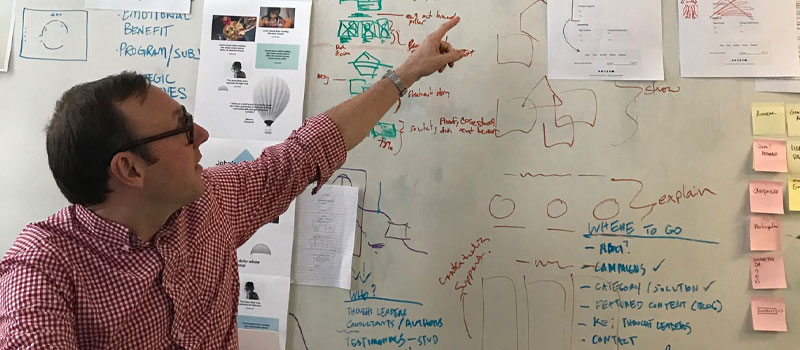
Stephen Houraghan
During our conversation, you shared several stories and examples that resonated with me. It’s fascinating how these experiences can spark connections and transport us to different settings.
I can definitely relate to your incident of running out of petrol and fortuitously stopping right by a gas pump.
Sometimes, life has a way of placing us in the right spot at the right time.
Your story reminds me of Peter Mayle’s “A Year In Provence” a picturesque tale indeed. It’s always enjoyable to revisit such classics.
Returning to a point you mentioned earlier, it’s true that clients often feel compelled to share everything with their audience.
As brand builders, our role is to help them strip away the complexity and focus on essential elements.
We aim for more than just clarity; we strive to incorporate that element of surprise.
When we combine clarity, surprise, and narrative, we achieve a powerful and engaging brand message.
You also touched upon the concept of hierarchy of messages. This refers to the prioritization and organization of messages within a brand’s communication strategy.
It involves identifying the key messages that resonate with the target audience and structuring them in a way that effectively captures attention and conveys the brand’s value.
Could you provide a breakdown of how you approach hierarchy of messages at Siegel+Gale?
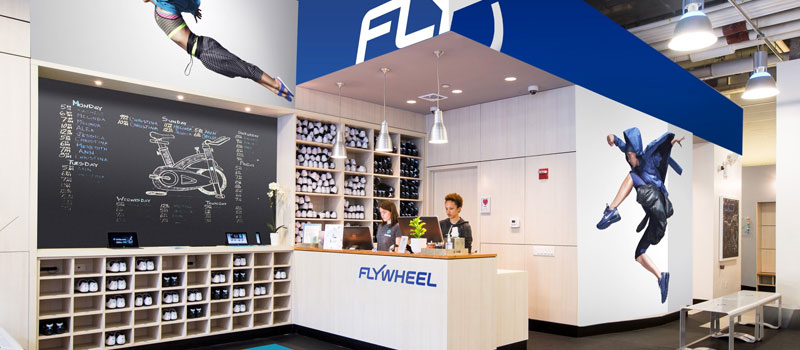
David Srere
Crafting a compelling brand narrative often involves distilling key messages into a concise and impactful story.
Siegel and Gale, a leading branding firm, emphasizes the importance of transitioning from a “what story” to a “so what story.” In a mere 15 seconds, the elevator pitch, organizations need to captivate their audience by conveying not just what they do, but why it matters.
A “what story” focuses on providing facts, figures, and details about the organization’s operations, clients, and aspirations.
While these elements are essential, they can overwhelm the listener, leaving them without a clear understanding of the organization’s value proposition.
Siegel and Gale encourage clients to shift to a “so what story,” which encapsulates an organization’s core essence, distinctive qualities, and why it should matter to others.
The “so what story” forms the headline of the brand narrative, offering a concise and compelling encapsulation of an organization’s purpose.
It highlights what an organization excels at and, most importantly, why it is relevant to its audience.
The supporting details and facts from the “what story” then become proof points that substantiate the central message.
By establishing hierarchy in the brand narrative, organizations can create a spear-like impact. The “so what” serves as the spearhead, captivating attention and evoking curiosity.
Behind it, the supporting “what” provides the necessary depth and context.
This evolution from a flat “what story” to a dynamic “so what story” enables organizations to communicate their unique value proposition effectively.
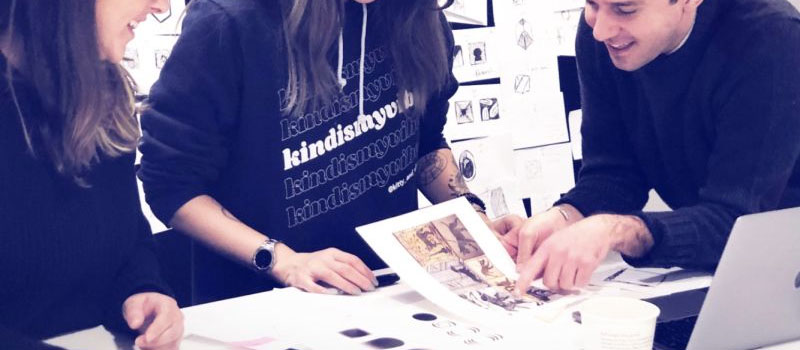
However, embracing this approach requires a willingness to say “no” to certain aspects that don’t align with the brand’s essence.
Organizations must make conscious decisions about what they stand for and be willing to prioritize their core message.
By doing so, they establish a focused and compelling brand strategy that resonates with their audience.
In conclusion, Siegel and Gale’s approach to brand storytelling emphasizes the shift from a static “what story” to a dynamic “so what story.”
By capturing attention through a concise and impactful headline, organizations can convey their unique value proposition.
The supporting details then reinforce the central message, allowing for a powerful and compelling brand narrative.
Ultimately, the ability to prioritize and say “no” to non-essential elements is key to developing a strong and focused brand strategy.
Brands That Embrace Simplicity

Stephen Houraghan
Can you share some examples of brands that successfully embrace simplicity that you’ve kind of worked with?
You’ve been there, you’ve been in the engine room and you know how that has impacted their success.
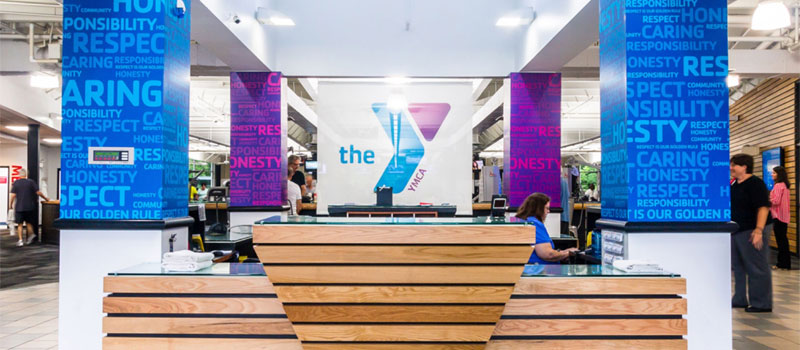
David Srere
Certainly! One impactful example of a brand successfully embracing simplicity is the work we did for the YMCA (Y).
The YMCA was facing challenges with enrollment and hiring, which led us to examine their branding and identity.
We discovered that the prevailing perception of the YMCA was limited to swimming pools and gyms, lacking a unified “so what” story.
Additionally, their visual and verbal identity varied significantly across different local communities, resulting in a lack of consistency.
To address this, we identified three core areas that played a more significant role in building communities: youth development, healthy living, and social responsibility.
We shifted the organization’s narrative from a mere focus on swimming and gyms (the “what” story) to highlighting the YMCA’s impact on community building and strengthening (the “so what” story).
As part of the simplicity approach, we recommended adopting the YMCA’s famous nickname, “the Y,” as it felt more modern and approachable.
We developed a vibrant visual and verbal identity, including a new logo and brand voice. However, we recognized that compliance with the new brand would be challenging without providing on-the-ground tools to individual YMCAs to introduce the changes to their communities effectively.
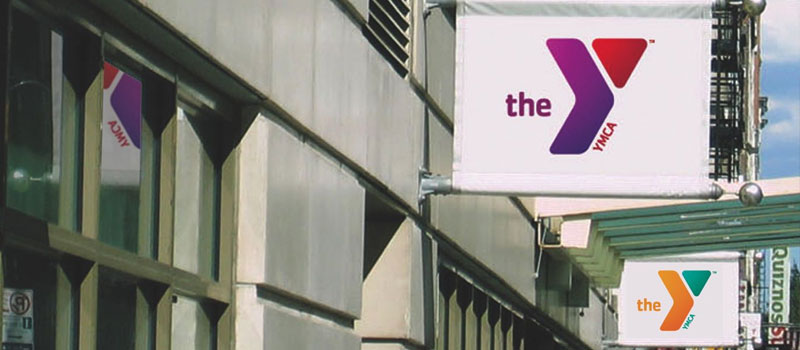
The results were remarkable. Within the first 24 months of implementing the new approach, there was a six-fold increase in internet searches related to the YMCA and a significant rise in donations.
This transformation showcased the power of simplicity in driving positive outcomes for the organization.
This example highlights how branding is evolving beyond traditional communication and marketing. It has become an “actions and behaviors” business, where a simplified strategy permeates all aspects of operations.
The YMCA embraced simplicity not only in their communications but also as a core operating philosophy.
By embodying their purpose of strengthening local communities and aligning their actions accordingly, they achieved clarity and resonance in their brand messaging.
While there are other compelling examples, this YMCA case study stands as a remarkable demonstration of the transformative impact of simplicity in branding.
Explore Brand Strategy
Programs & Tools
Simplicity and Alignment in Complexity

Stephen Houraghan
Yeah, I’ve noticed the simplicity in what you’re discussing, especially in such a complex project.
In such a complex organization, achieving alignment across all touchpoints is crucial.
The key to achieving that alignment is simplifying the process. If it becomes too complicated, alignment becomes difficult.
When dealing with large organizations, alignment is absolutely critical, and simplicity plays a significant role in achieving it. Have you encountered any examples of mistakes made in pursuit of simplicity?
Because simplicity isn’t just about clarity; it can sometimes result in something boring.
Do you recall any stories or instances where someone aimed for simplicity but ended up with something unremarkable, where it was understood but lacked any exceptional qualities?

David Srere
Well, one suggestion would be to simply turn on a TV.
I believe that the common mistakes brands make when aiming for simplicity are leaning too much towards clarity and not enough towards surprise.
This is evident in a majority of content seen on social media or other platforms, where the intention to move and engage people is lacking.
In my opinion, the power of ideas lies in their ability to evoke emotions.
Convincing people through facts might have its place, but for brands, the goal should be to build loyalty.
This entails investing oneself in the organization, whether it’s through purchasing products, donating, or volunteering.
To address your question directly, I believe the pitfalls lie in either excessive clarity or excessive surprise.
However, the key issue arises when brands, in their pursuit of simplicity, end up with generic brand stories.
This occurs when they strive for such simplicity that they deviate from the brand’s unique DNA. It’s important to find the right balance.
Sometimes, simplicity can be taken to an extreme where it becomes detrimental. It’s the opposite of appreciating someone’s attention to detail.
Instead, it’s reaching a point where water is described as simply being a liquid, which fails to capture the essence of what the brand stands for.
The Power of Surprise in Consumer Decision-Making

Stephen Houraghan
I find it amusing that you mentioned that because recently, I’ve been engaging in discussions with a group in my inner circle during a bootcamp.
We’ve been exploring the concept of positioning and utilizing the “five whys” technique to uncover what people truly desire.
However, there’s a point at which if you delve too deep, you always end up at the same conclusion. I
t boils down to everyone wanting more customers, revenue, or time in their lives.
They seek an increase in clients and frequency. Yet, the real sweet spot of relevance lies a level or two above that.
That’s where you need to focus your communication.
If you dig too deep, you may achieve clarity, but where’s the magic? Where’s the surprise? As you mentioned, how does surprise influence consumer decision-making?
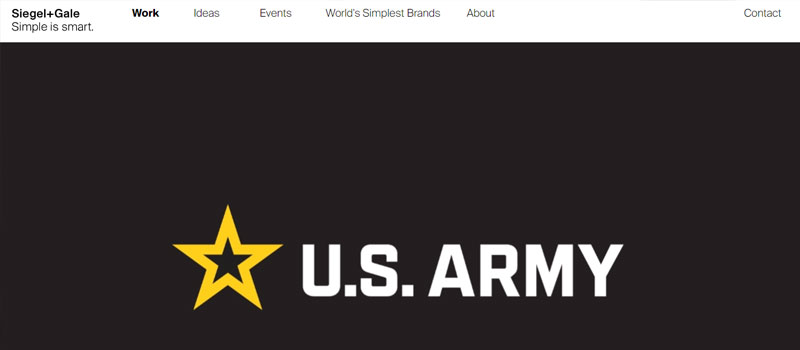
David Srere
I believe it’s tremendously impactful. If the surprise is deeply rooted in the firm’s DNA and has a strong emotional focus, it can be phenomenal.
Let’s take the example of a recent project we did for the US Army in collaboration with our sister agency, DDB, at Omnicom.
The US Army had been facing recruiting challenges due to a competitive job market and a perceived lack of relevance to Generation Z.
We know that Generation Z seeks purpose and professional growth, and they often question the “why” more than previous generations.
However, the Army lacked the means to effectively convey its identity and offerings to this group.
In partnership with DDB, we helped the Army express its brand in a credible and compelling manner.
Our approach was to portray the US Army as a landscape of possibilities, consistently communicating its values and enabling effective digital communication.

We reintroduced the popular tagline “Be All That You Can Be,” which created a singular promise around possibilities.
We also integrated the three stakeholder groups: active duty, Army Reserve, and Army National Guard.
Furthermore, we developed a simple and unmistakably US Army visual identity, which incorporated a modernized icon derived from the US flag.
The logo features a star within a star, symbolizing the notion of a person who serves as a star themselves and as part of a team of stars.
This reinforces the idea of possibilities.
The entire effort aimed to connect with the hearts and minds of our target audiences.
The campaign has recently launched, focusing on simplicity and resonating with a core group of audiences who hadn’t been effectively reached before.
It has received significant attention and has been very successful.
Revitalizing Heritage Brands: A Transformative Journey

Stephen Houraghan
When working on projects involving established heritage brands such as Y M C A or the US Army, it becomes crucial to understand the value of reestablishing and reconnecting with their rich history.
These challenges offer an exciting opportunity to revitalize the brand and contribute to its continued narrative.
Personally, I find immense satisfaction in the process of reimagining something with historical significance and seamlessly blending it into the modern era.
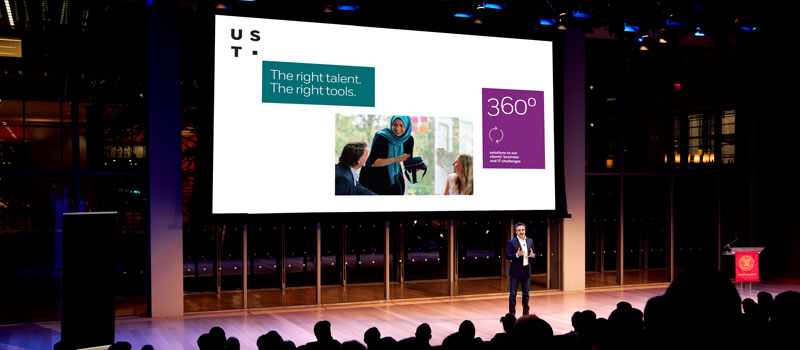
David Srere
I agree with you wholeheartedly. Unfortunately, I don’t get to work on these types of projects as often as I would like.
As we discussed earlier, in the analysis phase, there is usually someone within the organization who serves as the historical librarian.
They hold valuable insights into the founders’ thoughts, the development of the company, and the underlying ideas behind it all.
Take, for instance, our client HP. When you delve into the history of Hewlett and Packard, you realize that they founded the company without any products.
Their idea was to use technology to improve people’s lives.
And that vision remains just as relevant today as it was when they started the company in a garage in Palo Alto.
I always wanted to return to the core essence of what the brand was at its inception. Sometimes, consultants in our field have a bias towards novelty when called upon to solve a problem.
They believe that something entirely new must be created.
Additionally, when the term “heritage” is thrown around, people often associate it with being old.
Instead, I prefer exploring the equity of the brand, understanding its true value and how it remains relevant in a digitally-driven world.
You’re absolutely right in suggesting that we look for those enduring elements, the red threads that persist even today. The companies we’re discussing, such as HP, YMCA, and the Army, are like massive aircraft carriers. They aren’t easily stopped or changed course.
It takes miles to bring an aircraft carrier to a halt in open seas when it’s at full throttle.
Therefore, we should consider evolution rather than revolution for these brands. It would be beneficial for our industry if clients recognized the importance of partnering with professionals who appreciate and respect the legacy that existed before their arrival.
Wanna Learn More About
Brand Strategy?
On-Demand Digital Program
Brand Master Secrets
Make the transition from hired-gun to highly valued brand strategist in less than 30 days. The systems, frameworks and tools inside this comprehensive program are all you need to level up.












